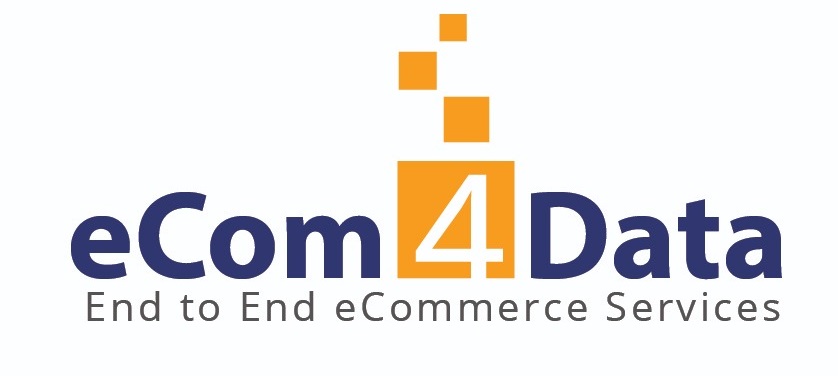Ecommerce Inventory and Price Management: Optimizing for Competitiveness and Customer Satisfaction
In the dynamic and rapidly evolving landscape of modern commerce, the ability to effectively manage inventory and pricing has become a pivotal factor in determining the success and competitiveness of online businesses. As ecommerce continues to transform the retail landscape, organizations must navigate a complex array of challenges and opportunities to thrive in this digital marketplace. At the heart of this endeavor lies the critical function of inventory and price management – a multifaceted discipline that encompasses strategic planning, data-driven decision making, and a keen understanding of customer behavior and market dynamics.
Inventory management in the ecommerce realm is a delicate balancing act, requiring businesses to maintain optimal stock levels to meet customer demand while minimizing the risk of overstocking or stockouts. Accurate and timely inventory updates are essential, as they enable organizations to respond swiftly to market fluctuations and avoid the detrimental impact of cancelations, back-orders, and frustrated customers. By leveraging advanced inventory tracking systems and incorporating real-time data analytics, ecommerce enterprises can gain invaluable insights into sales patterns, product lifecycles, and supply chain efficiency. This knowledge, in turn, allows them to make informed decisions regarding inventory replenishment, storage, and distribution, ensuring that the right products are available at the right time to meet customer needs.
Closely intertwined with inventory management is the critical function of price management. In the highly competitive ecommerce landscape, where consumers are empowered with a wealth of information and alternative options at their fingertips, maintaining a competitive pricing strategy is paramount. Ecommerce businesses must continuously monitor market trends, competitor pricing, and customer perceptions to develop and refine their pricing models. Through the implementation of dynamic pricing algorithms, organizations can leverage data-driven insights to adjust prices in real-time, responding to factors such as demand fluctuations, seasonality, and promotional activities. This agility in pricing not only allows ecommerce enterprises to remain competitive but also enables them to maximize revenue and profitability while ensuring customer satisfaction.
The effective integration of inventory and price management in the ecommerce domain yields a multitude of benefits that can significantly enhance a business’s competitiveness and customer experience. By maintaining optimal stock levels and implementing timely inventory updates, ecommerce companies can minimize the risk of cancelations and back-orders, ensuring that customers receive their orders promptly and with minimal disruption. This, in turn, fosters trust, loyalty, and positive word-of-mouth, which are invaluable assets in the highly saturated digital marketplace.
Moreover, the ability to dynamically adjust pricing in response to market conditions and customer behavior allows ecommerce businesses to remain nimble and adaptable. This agility enables them to offer competitive prices, attract and retain customers, and capitalize on emerging opportunities. By aligning pricing strategies with inventory management, ecommerce enterprises can also optimize their profitability, striking a delicate balance between customer satisfaction and financial sustainability.
The seamless integration of inventory and price management in the ecommerce ecosystem is a critical component of success in the digital age. By leveraging data-driven insights, advanced technologies, and a deep understanding of customer preferences, ecommerce businesses can navigate the complexities of this dynamic landscape, maintain a competitive edge, and deliver exceptional customer experiences that foster long-term loyalty and growth. As the ecommerce industry continues to evolve, the mastery of these interrelated disciplines will undoubtedly remain a cornerstone of sustainable competitive advantage.
